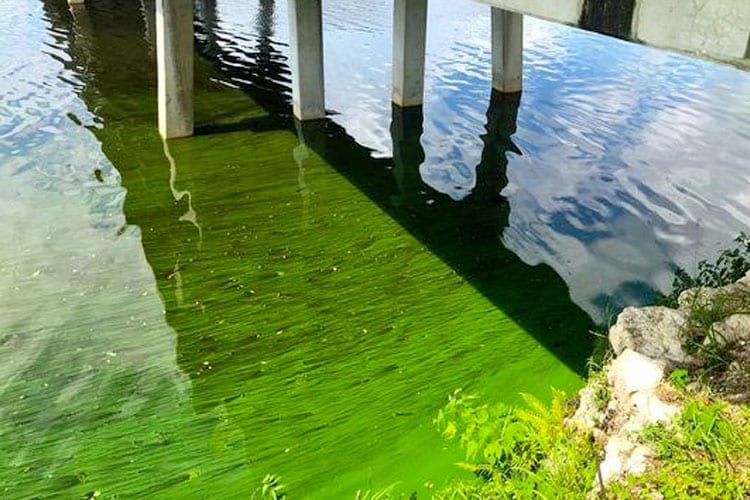Nutrient rich freshwater releases from Lake Okeechobee have become an annual tradition here in Southwest Florida, but not a good one. The releases are often followed by algae blooms in the Caloosahatchee River and the estuaries it flows into. Reports of algae blooms around the Alva Boat Ramp were reported over the weekend, and more are likely to follow as the water flows west.
WGCU’s Mike Kiniry sat down with Dr. Bill Mitsch, and one of his graduate students named Lauren Griffiths, who is working toward her PhD. to talk about a possible out-of-the-box solution to remove nutrients from the environment.
Dr. Mitsch is Eminent Scholar and Director of the Everglades Wetland Research Park, Juliet C. Sproul Chair for Southwest Florida Habitat Restoration and Management, and Professor of Marine and Ecological Science here at Florida Gulf Coast University. He’s been faculty at FGCU for six years, at Ohio State University for 26 years prior to that.
Their conversation starts by talking about Freedom Park in Naples, and how it handled all the water dumped on it by Hurricane Irma last September. Lauren Griffiths and a fellow graduate student collected data before and after the hurricane came through, which showed that with some design modifications constructed wetlands like Freedom Park could help to reduce nearby flooding during extreme storm events like Irma than as currently constructed.
After that they move onto a conversation about the 10 year pilot project at Freedom Park that is exploring whether it would be feasible to swap land use between agriculture and wetlands in order to remove excess nutrients from the environment. It’s the beginning phase of a possible out of the box approach to removing nutrients from water to avoid algae blooms like the ones moving down the Caloosahatchee. Dr. Mitsch calls it ‘flipping the landscape’.
View the original article here.









